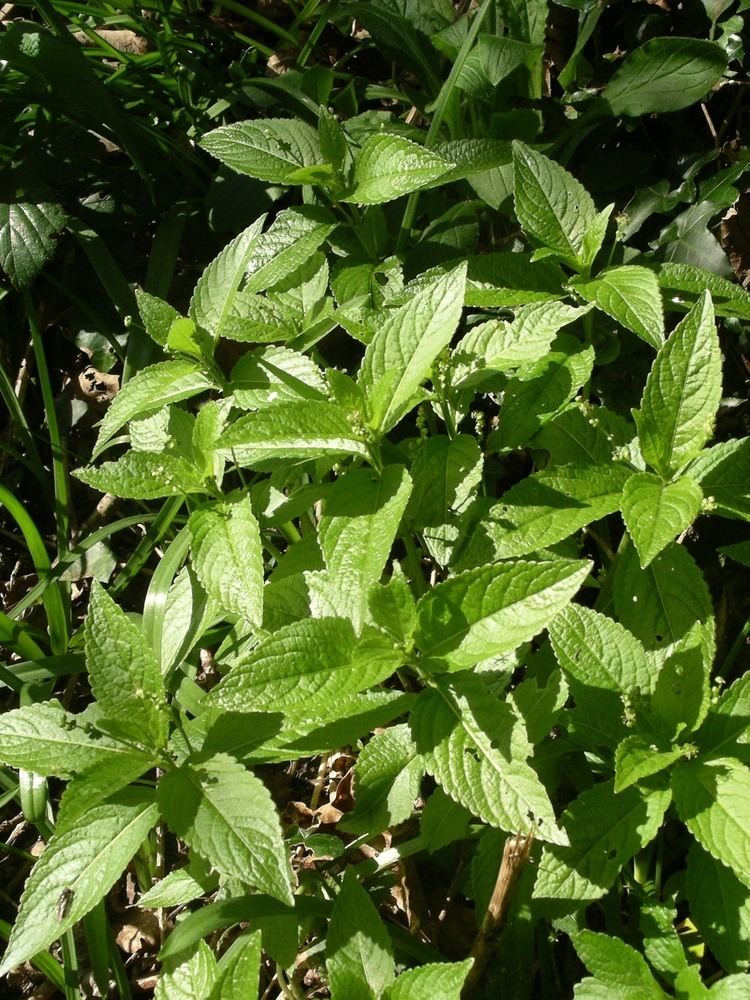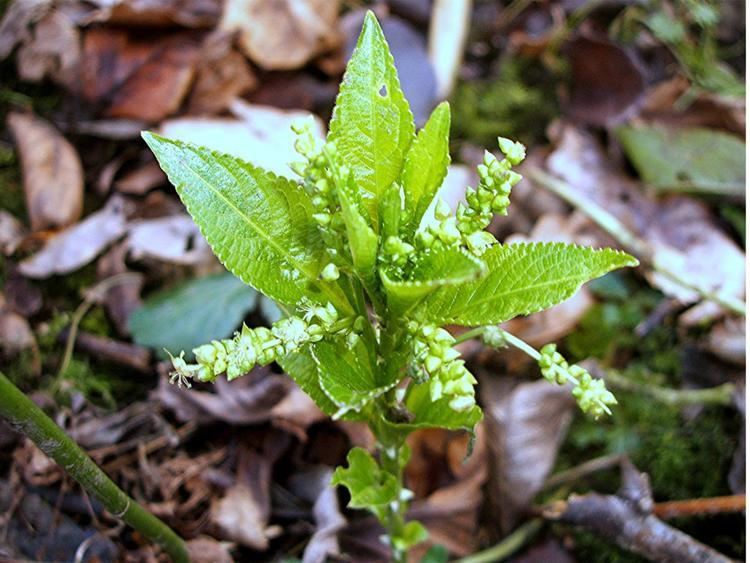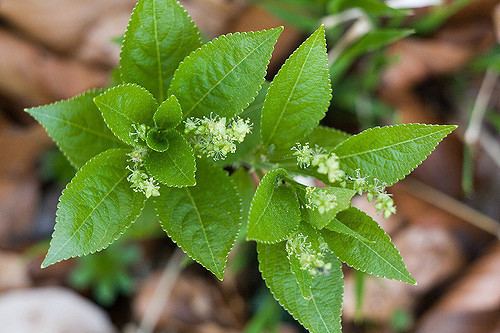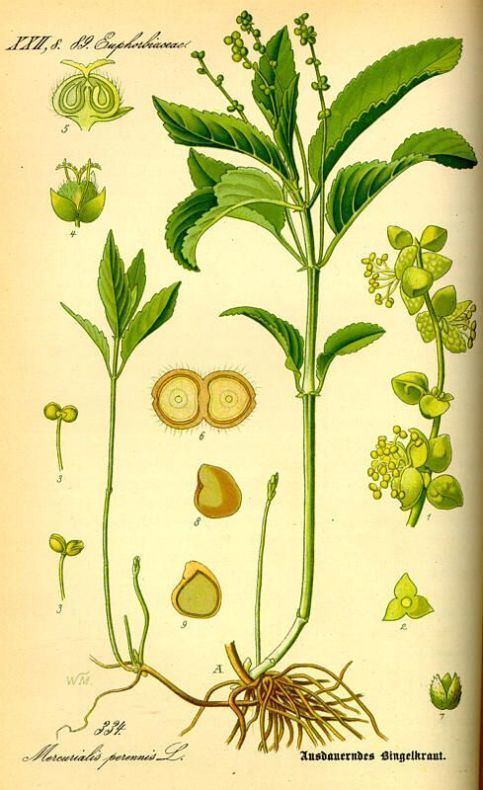Rank Species | Genus Mercurialis Higher classification Mercurialis | |
 | ||
Similar Mercurialis, Lamium galeobdolon, Paris quadrifolia, Circaea lutetiana, Stachys sylvatica | ||
Wild plant food journey s 29 dogs mercury mercurialis perennis
Mercurialis perennis, commonly known as dog's mercury, is a woodland plant found in much of Europe as well as in Algeria, Iran, Turkey, and the Caucasus, but almost absent from Ireland, Orkney and Shetland. A member of the spurge family (Euphorbiaceae), it is a herbaceous, downy perennial with erect stems bearing simple, serrate leaves. The dioecious inflorescences are green, bearing inconspicuous flowers in March and April. It characteristically forms dense, extensive carpets on the floor of woodlands and beneath hedgerows.
Contents
- Wild plant food journey s 29 dogs mercury mercurialis perennis
- How to identify dog s mercury mercurialis perennis
- Growth
- Names
- Plant communities
- Chemical characteristics
- References

How to identify dog s mercury mercurialis perennis
Growth

Dog's mercury favours alkaline (basic) soils and can be found in abundance in suitable habitats in limestone regions. It also occurs widely on neutral soils, but is absent from acidic ones. Spreading by underground rhizomes, it thrives in deep shade or semi-shade, where its dense growth may shade out other woodland flowers such as oxlip, fly orchid, and even young ash seedlings, but in the open it eventually gives way to other plants.

Although it is strongly associated with land that has had a long continuity of woodland or shrub cover, and only rarely occurs in extensive areas of secondary woodland, it is nevertheless able to colonise new deciduous woods on dry, calcareous soils at an annual rate of a metre or more.

Existing colonies in some parts of Britain (including some in woods on boulder clay in East Anglia), are expanding and showing increased vigour, perhaps as a result of deeper shade in woodlands where coppicing has ceased.
Names

The plant's common name derives from the plant's resemblance to the unrelated Chenopodium bonus-henricus (Good King Henry, also known as mercury, markry, markery, Lincolnshire spinach). Since Mercurialis perennis is highly poisonous, it was named "dog's" mercury (in the sense of "false" or "bad"). It has also been known as boggard posy.
Plant communities
Dog's mercury is one of the characteristic plants of several woodland types, in particular:
Chemical characteristics
Dog's mercury is highly poisonous. Methylamine (mercurialine) and trimethylamine are thought to be present, together with a volatile oil and saponins. Symptoms of poisoning appear within a few hours; they can include vomiting, pain, gastric and kidney inflammation, and sometimes inflammation of the cheeks and jaw ("malar erythema") and drowsiness. The first-known account of this phenomenon probably dates from 1693, when a family of five became seriously ill as a result of eating the plant (after boiling and frying it); one of the children died some days later as a result.
Apart from Chenopodium bonus-henricus and some other edible members of the Chenopodiaceae (also known as mercuries), the most similar-looking species is probably Mercurialis annua, annual mercury, which is also thought to be poisonous. Dog's mercury has been eaten in mistake for brooklime.
